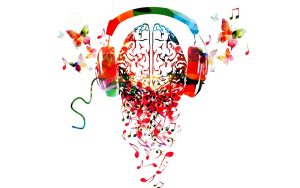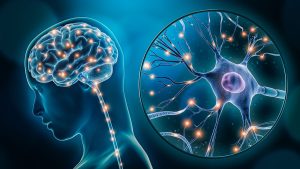Introduction
When we think of learning, we typically think of acquiring new knowledge or skills through explicit efforts such as attending a class, practicing a sport, or reading a book. However, there is more to learning than what meets the eye. In fact, some learning occurs without any apparent reinforcement or activity, and its effects may not be observable until a later time. This type of learning is called latent learning, a concept that has been extensively studied in psychology and cognitive science. In this article, we will take a closer look at what latent learning is, how it differs from other types of learning, and its implications for understanding cognitive processes.
What Is Latent Learning?
Latent learning refers to the acquisition and retention of knowledge or skills that occur without observable reinforcement or reward. Simply put, latent learning happens when we learn something without being consciously aware that we are doing so. The term was first coined by Edward Tolman, an American psychologist who conducted influential experiments with rats in the 1930s. Tolman’s experiments showed that rats could learn the layout of a maze even if they were not explicitly rewarded for finding the correct path. Instead, the rats seemed to form a cognitive map of the maze, which they could use to navigate more efficiently once a reward was introduced.
The key characteristic of latent learning is that it does not require immediate feedback or reinforcement. This sets it apart from other types of learning, such as classical conditioning and operant conditioning, which rely on associating stimuli with rewards or punishments. In latent learning, the reinforcement may come later or not at all, and its effects may only become apparent when a relevant context or stimulus is presented.
Examples of Latent Learning
Latent learning can occur in many different contexts and situations. Here are some examples of how latent learning can manifest:
- Learning the layout of a building or a city by exploring it without a specific goal or reward in mind.
- Learning a new language by listening to native speakers without consciously trying to memorize the words or grammar rules.
- Learning a new skill or technique by observing others perform it without receiving direct instruction or feedback.
- Learning the best route to take when driving to a familiar destination without paying attention to road signs or landmarks.
In each of these examples, the learning occurs without explicit instruction or reinforcement. The knowledge or skill acquired may not be apparent until a later time when it is needed or when a specific context triggers its retrieval.
The Cognitive Processes Involved in Latent Learning
The exact mechanisms underlying latent learning are still not fully understood, but several theories have been proposed to explain this phenomenon. One possible explanation is that latent learning involves forming mental representations, such as cognitive maps, that allow us to organize and retrieve information efficiently. These mental representations are created through exploration, observation, and experience and can be accessed later when relevant cues or stimuli are present.
Another theory suggests that latent learning relies on the reinforcement of neural pathways that occur even in the absence of explicit feedback. These pathways are strengthened through repeated exposure to a stimulus, which leads to the formation of new connections between brain regions. Over time, these connections become more robust and efficient, allowing for faster and more accurate retrieval of information.
Regardless of the specific mechanism, latent learning highlights the importance of active exploration and exposure to new information. Even if we are not consciously trying to learn something, our brains are constantly processing and organizing the information we encounter, which can lead to long-term retention and application.
The Implications of Latent Learning
Latent learning has important implications for understanding how we learn and process information. It suggests that learning is a more complex and dynamic process than what may appear on the surface and that reinforcement is just one of many factors that contribute to learning outcomes. By recognizing the role of latent learning, we can design more effective educational and training programs that take into account the importance of exposure, exploration, and experience.
Latent learning also highlights the importance of context and cues in determining when and how we retrieve information. This has implications for how we organize and present information in various settings, such as classrooms, workplaces, and public spaces. For example, by providing contextual cues or reminders, we can facilitate the retrieval of relevant information and improve decision-making.
Conclusion
Latent learning is a fascinating and important concept that sheds light on how we acquire and retain knowledge and skills. It challenges the traditional view of learning as a linear process and suggests that learning can occur even in the absence of explicit reinforcement. By understanding the mechanisms and implications of latent learning, we can promote more effective and efficient learning outcomes and improve our understanding of the complex cognitive processes that underlie them.








